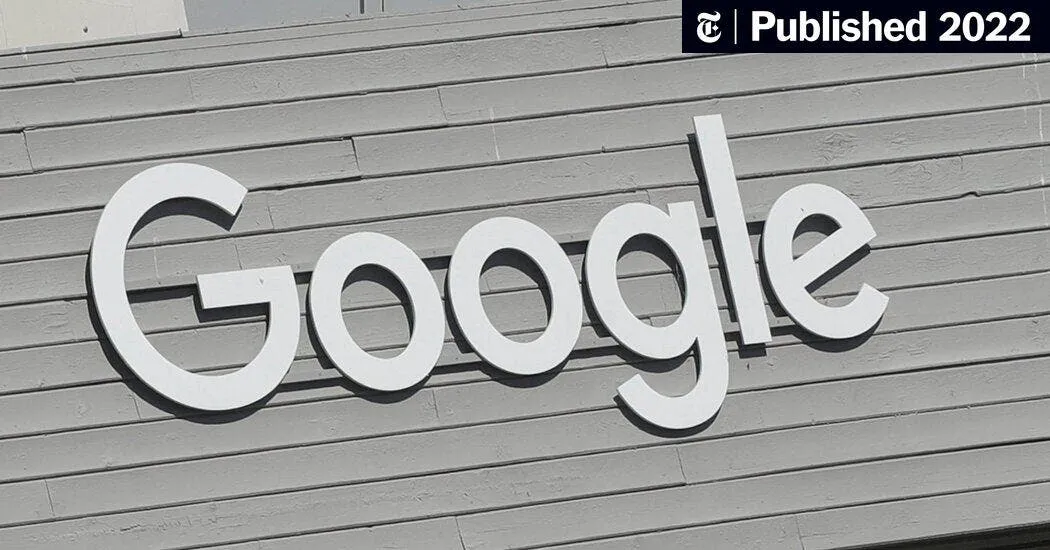Officials said such tools could endanger Immigration and Customs Enforcement (ICE) agents. But developers and civil-rights advocates argue the real purpose was to help communities stay aware of sudden enforcement actions—not to target officers.
Why Apple and Google Acted
Aaron said the app worked like Waze or Google Maps, where users can report police speed traps or roadblocks. “It wasn’t about outing anyone,” he said. “It was about keeping people informed and safe.”

Key Points
- Apple and Google removed ICE-tracking apps after pressure from U.S. officials.
- Authorities cited safety risks; developers say it’s censorship.
- Advocates fear a chilling effect on speech and activism.
- The move recalls past controversies over protest-tracking apps.
- Debate continues over how much control tech companies should have.
Critics Say It Sets a Risky Precedent
Alejandra Caraballo, a civil-rights attorney at Harvard’s Cyberlaw Clinic, warned that allowing the government to influence which apps can exist “creates a chilling effect” for speech online. She compared it to 2019, when Apple dropped an app that Hong Kong protesters used to track police.
Federal officials, however, say their concern is safety. They noted a shooting at an ICE facility in Dallas, claiming the suspect had searched for ICE-tracking apps beforehand—though investigators haven’t shown that any were used.
A Larger Fight Over Power and Speech
The dispute highlights a broader issue: who decides what information the public can share. Critics say removing these apps limits transparency; supporters argue it protects lives. Both agree that tech platforms now hold unprecedented power to shape civic life.
As Aaron put it, “When a company can silence an entire conversation with one email, that should make everyone pause.”
